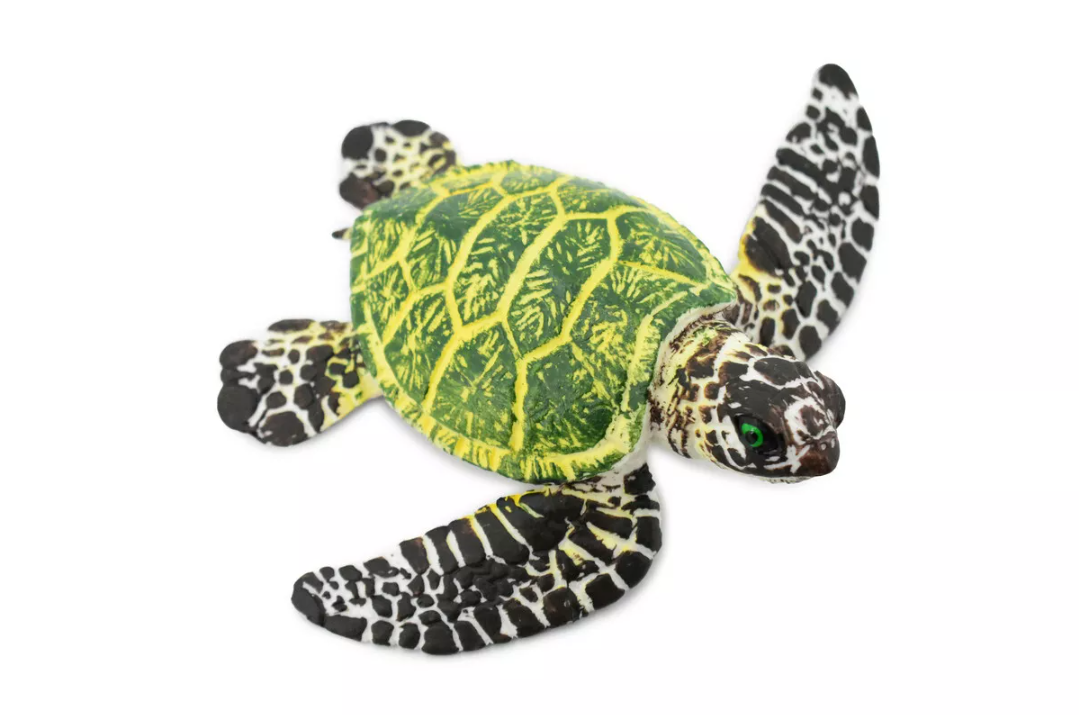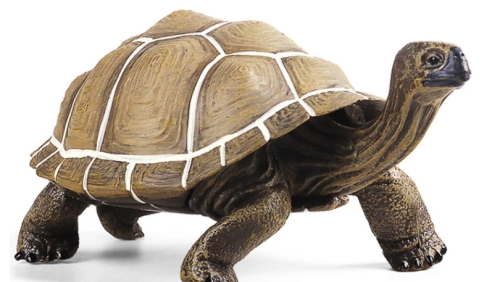A turtle model is a tool for recreating the appearance and anatomy of a turtle in detail and is widely used in scientific research, educational displays, and natural history collections. These models not only help us understand the turtle's biological characteristics, but also provide valuable data for studying its ecology and behavior.
The first step in making a turtle model is to collect detailed anatomical data. Scientists and designers typically document the structure of a turtle's bones, muscles, and shell through physical dissection, CT scanning, or three-dimensional imaging. This data provides the scientific basis for the accurate production of the model, ensuring that every detail can truly reproduce the biological characteristics of the turtle.
Next, the designers used computer-aided design (CAD) software to create a three-dimensional model of the turtle. The design process requires special attention to the turtle's shell texture, bone structure and muscle distribution. The shell part of the turtle is usually made of high-quality plastic or resin materials that mimic its natural texture and color. The production of the model also includes detailed painting to show the true appearance of the turtle.
Turtle models help researchers gain insight into the anatomy, motor mechanisms and ecological behavior of tortoises, advancing related scientific fields.
In schools and museums, turtle models are used in biology and zoology teaching to show students and the public the biological characteristics and living habits of tortoises.
As a natural history collection, the turtle model showcases the natural beauty of tortoises and appeals to both natural history enthusiasts and model collectors.
Through their meticulous production and accurate display, turtle models provide an important resource for scientific research and education, while also enriching the diversity of natural history collections.














